If your cat has just had surgery or is dealing with another medical condition, your vet may send you home with an Elizabethan collar or “cone” while they heal. Typically, the cones make your cat look like they’re wearing a lampshade, and there’s usually an adjustment period while your kitty gets used to it. Mealtime can be tricky while your cat is wearing an E-collar as well. Here are five great tips for how to feed a cat with a cone.

The 5 Great Tips to Feed a Cat With a Cone
1. Elevate the Food Dishes
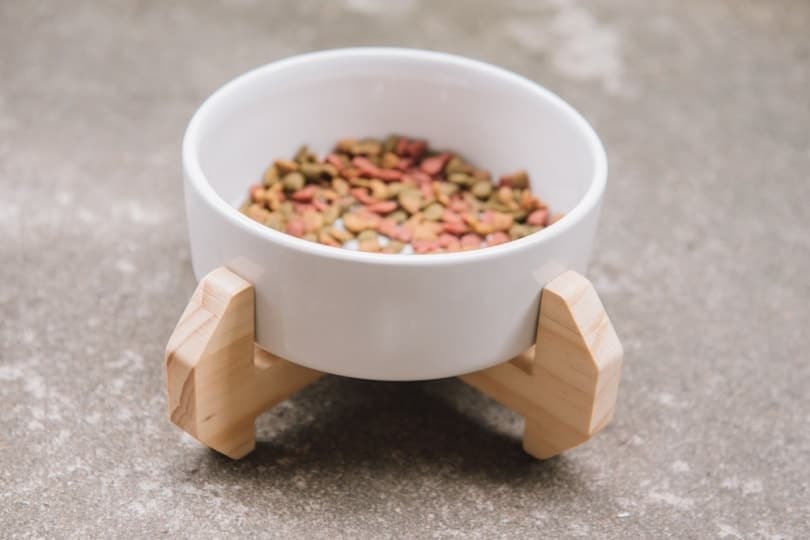
| Difficulty: | Easy |
| Materials needed: | Commercial or DIY bowl stand, magazines, books, or something else sturdy and stackable |
Because the cone sticks out so far past your cat’s face, they may have trouble reaching the food bowl if it’s sitting on the floor. The cone will hit the floor first and keep your poor cat’s mouth from getting to the bowl.
You can solve the problem by elevating your cat’s food and water dishes off the floor while they’re wearing a cone. You can buy elevated bowls or make one of your own if you’re handy. You could also try stacking up old books and setting the bowls on top.
2. Try a Different Bowl Shape
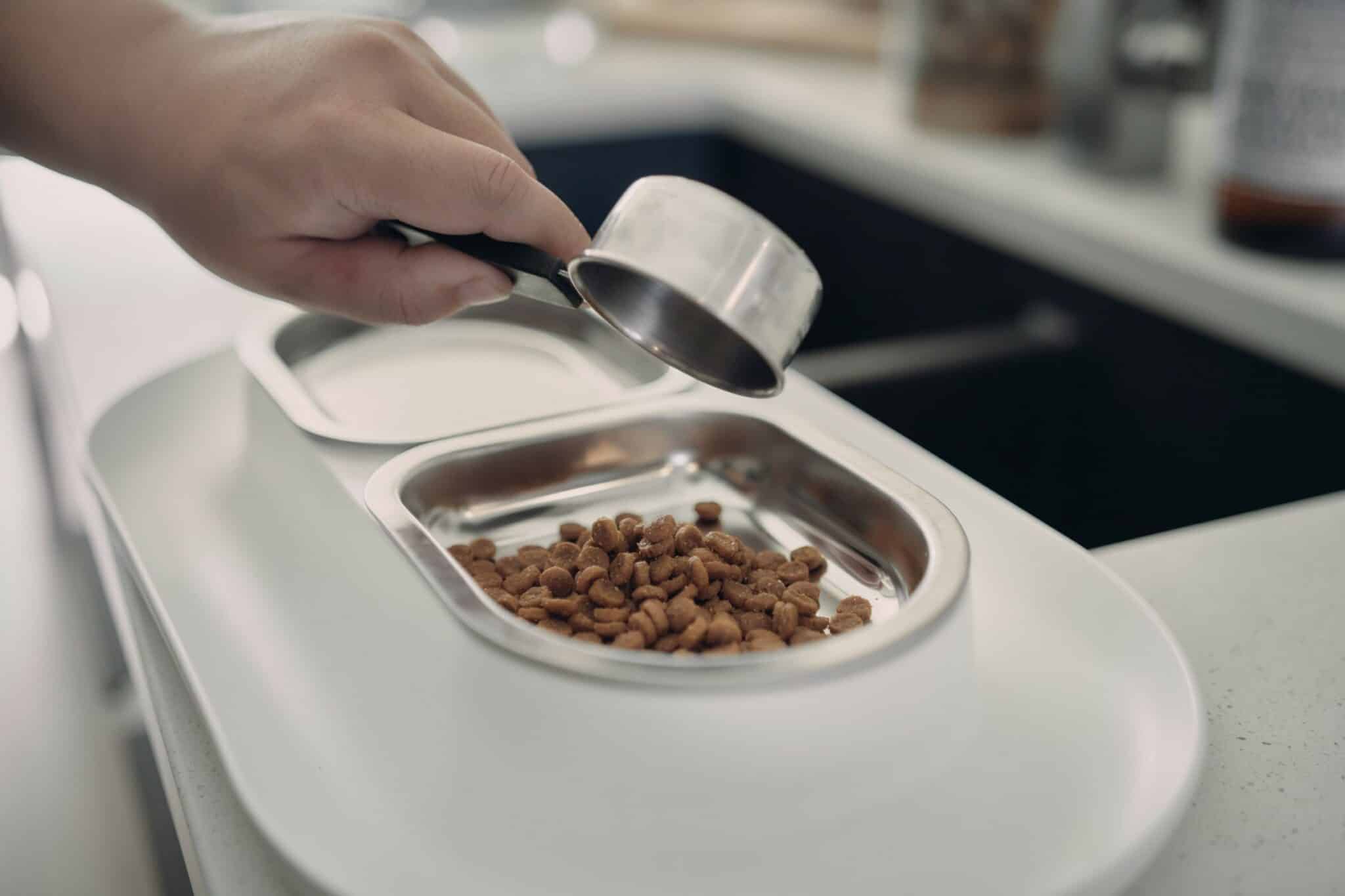
| Difficulty: | Easy |
| Materials needed: | Plate, saucer, or another flat eating surface |
Depending on how your cat moves with the cone, they may find it easier to use a different bowl shape. For example, you can swap out their usual bowl for a flat plate or saucer. Since the items lack a rim or edge, your cat has more freedom to reach their food even with the cone on their head.
However, this tip will likely lead to a messier eating experience. Without a bowl to contain the food, your cat may push it all over the floor as they eat. Consider setting the temporary eating vessels on a place mat or easily cleaned surface.
Choosing the right food and water bowls for our feline companions can pose certain challenges for pet owners. The Hepper NomNom Cat Bowl provides a chic and innovative solution that supports cat specific needs, such as shallow bowls and a subtle elevation that fosters whisker relief, posture comfort, and improves digestion. It features an elegant contemporary design with a wide wrap-around tray aimed at minimizing any messes from ending up on your floor! Furthermore, this bowl is entirely dishwasher safe, so pet owners are able to spend more time with their cats instead of cleaning up after them. Discover why the Hepper NomNom Cat Bowl is right for both you and your kitty by clicking here. At Catster, we’ve admired Hepper for many years and decided to take a controlling ownership interest so that we could benefit from the outstanding designs of this cool cat company!
3. Hand-Feed Your Cat
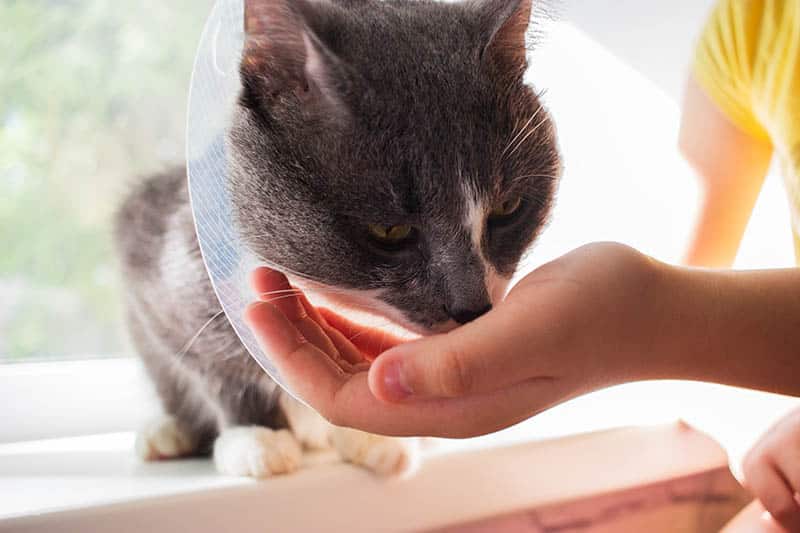
| Difficulty: | Easy |
| Materials needed: | A person, spoon (optional), patience (not optional) |
An easy but slightly time-consuming tip for feeding a cat with a cone is to assist them while they’re wearing the E-collar. This involves holding their bowl in a position that’s easy for them to reach. You may also need to serve their food by hand, either with a spoon or your fingers.
Depending on whether your cat eats wet or dry food, hand-feeding can get messy. Sometimes, you’ll only need to hand-feed your cat for a few days until they get the hang of eating with the cone.
4. Try Different Cone Styles
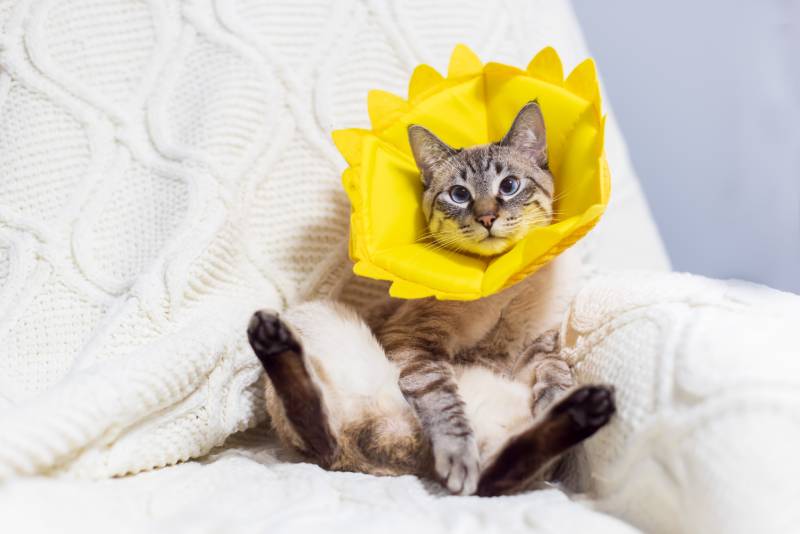
| Difficulty: | Easy |
| Materials needed: | Other types of E-collars (ask a vet) |
For some medical conditions, such as an eye infection or injury, it may only be safe for your cat to wear the traditional hard plastic version. Other times, you may get away with using a different style of E-collar that’s easier for your cat to eat while wearing.
For example, some vets provide a soft cloth or paper e-collar. Another option is an E-collar that looks like an inner tube. You could also ask the vet if using a smaller or shorter version of the plastic cone is okay. Don’t change e-collars without checking with a vet first, and carefully monitor your cat to ensure they can’t get to their stitches or injury.
If you need to speak with a vet but can't get to one, head over to PangoVet. It's an online service where you can talk to a vet online and get the advice you need for your pet — all at an affordable price!

5. Remove the Cone and Supervise Your Cat
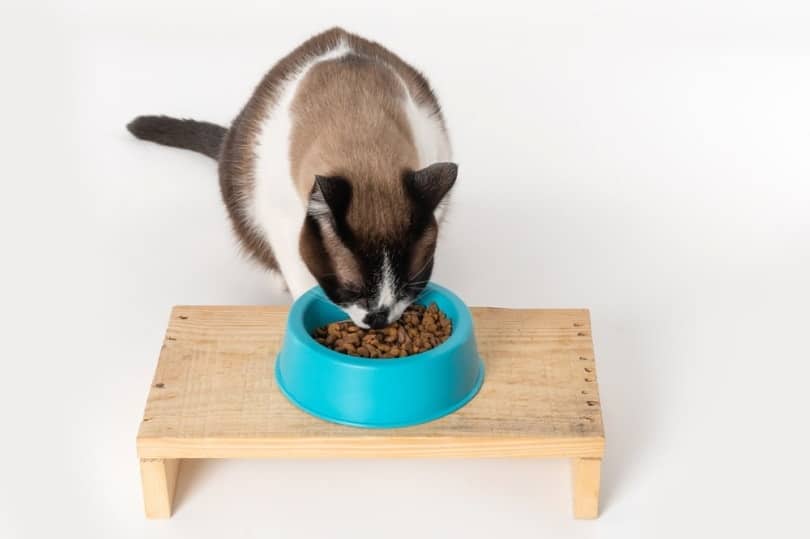
| Difficulty: | Hard |
| Materials needed: | Your undivided attention |
If your cat refuses to eat while wearing the cone, ask the vet if it’s okay to take it off temporarily at mealtime under strict supervision. Cats that don’t eat or don’t eat enough for a few days can develop a life-threatening condition called hepatic lipidosis. Removing the cone may be your only choice if all other options fail.
Never do it without the vet’s permission, and stay close to your cat while they’re eating. It can only take a split second of distraction for them to rip out the stitches with their sharp teeth. Replace the cone as soon as your kitty is done with dinner.
Other Precautions While Your Cat Is Wearing a Cone
Until your cat gets used to having a bigger head, they may be uncharacteristically clumsy and knock things over. They will also be more likely to be trapped in tight spaces they can typically access easily, such as underneath a bed. You may need to block access to the areas until your cat is out of the cone.
Ensure your cat can get in and out of the litter box wearing the cone. You may need to remove the top of a covered box temporarily. Keep the cone clean and dry, especially after your cat eats, and watch for any irritation on your kitty’s skin. Check the cone’s fit frequently to ensure it isn’t too loose or tight. You should be able to fit two fingers between the cone and your cat’s neck.
Your cat likely won’t be able to groom effectively while wearing the cone, so keep them brushed and clean their rear as needed. Make sure other family members know your cat may be more easily startled when wearing the cone because it cuts off part of their field of vision.

Conclusion
Navigating life while your cat is wearing a cone can be stressful, but the good news is that it’s just a temporary disruption. Most cats adapt quickly to the cone, especially if you help them get used to it by offering treats and other distractions. If you are wondering how important it is for your cat to wear the cone, the vet or their staff will undoubtedly have several stories about dealing with the aftermath of an owner neglecting to use the e-collar as directed!
Infections, torn stitches, and delayed healing are all possible consequences of your cat not wearing an e-collar. Use these five tips to feed your cat while wearing the cone and leave it on as instructed.
See Also:
- DIY Cat Cones: How to Make Your Own at Home (With Pictures)
- Tube Feeding for Cats: Success, Safety, & When to Do It
Featured Image Credit: Lillia Solonari, Shutterstock
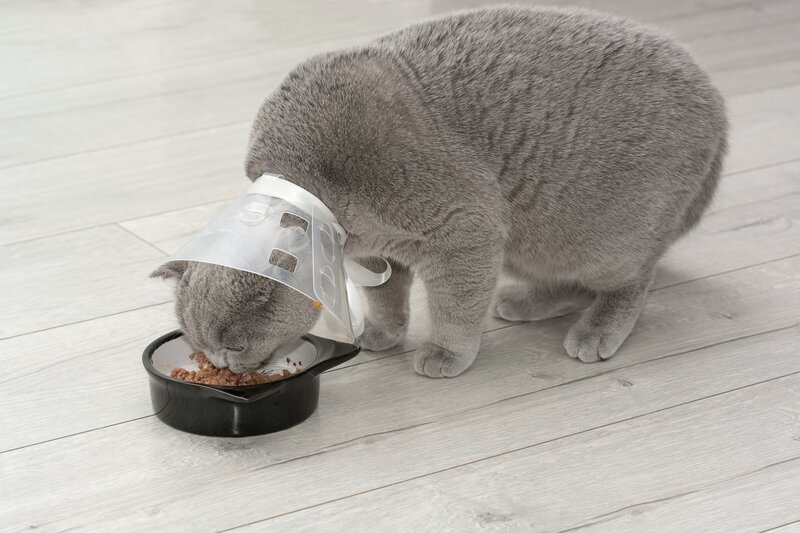


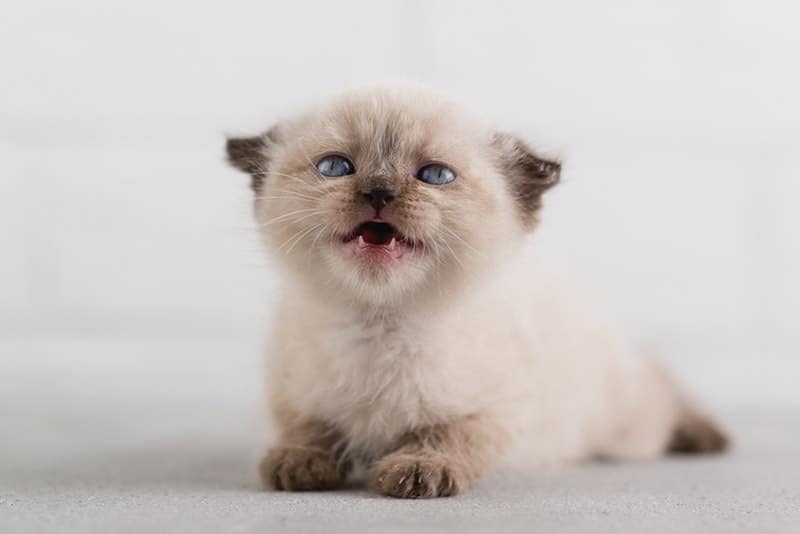
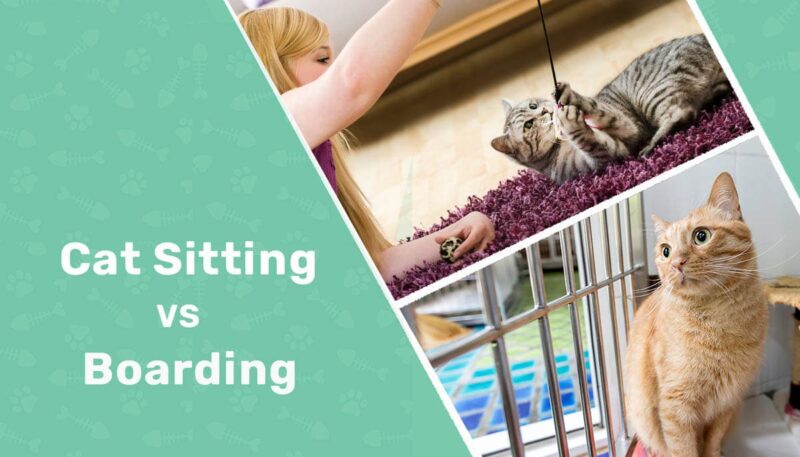
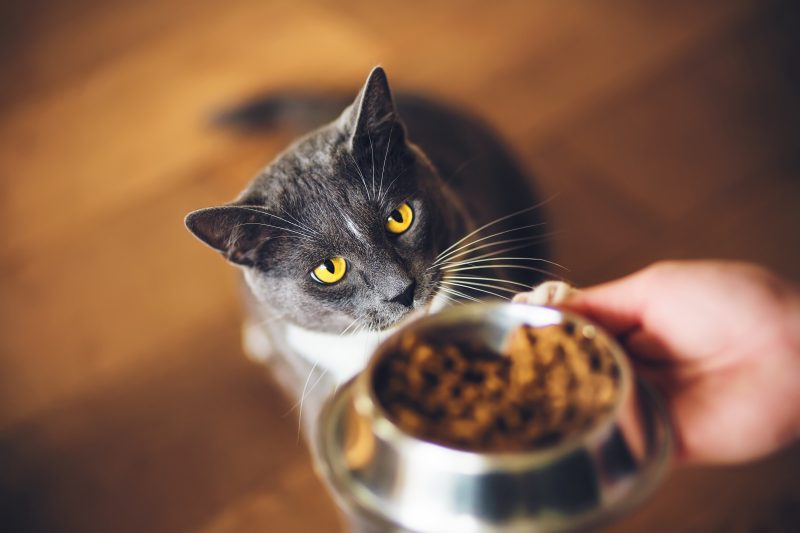
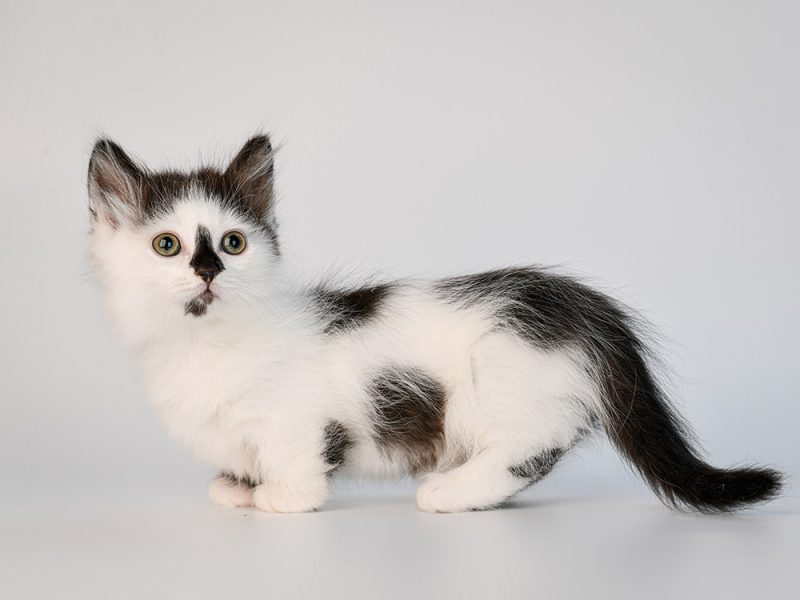
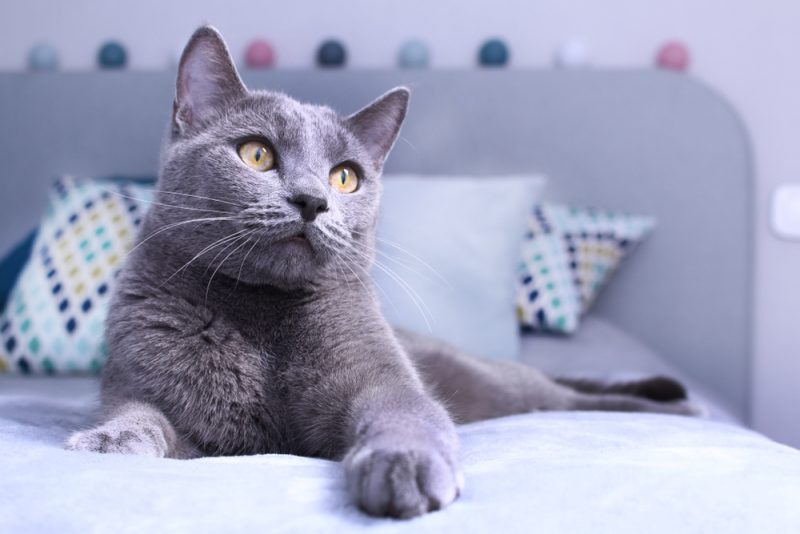
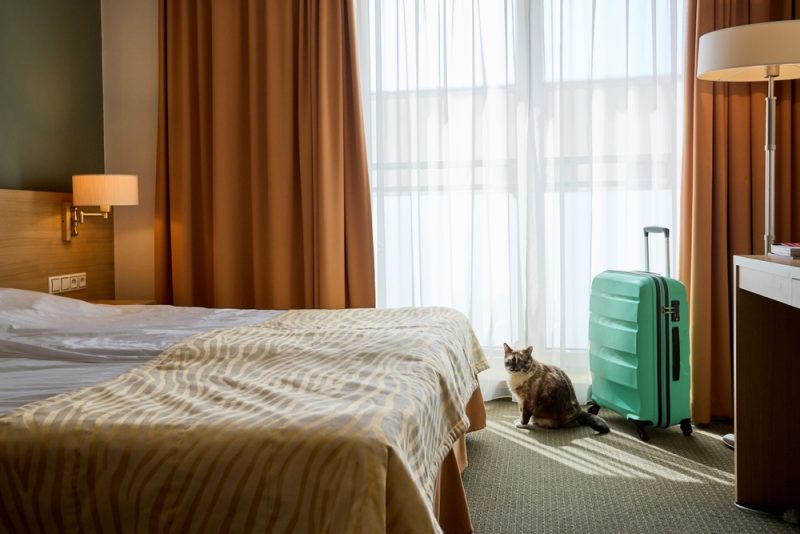
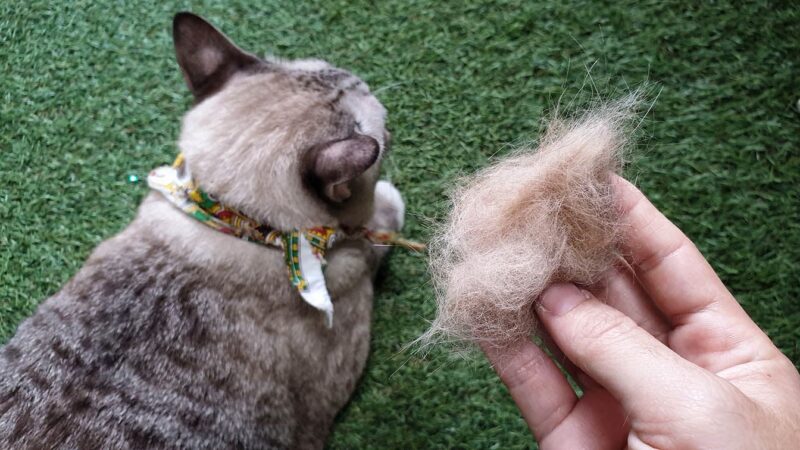
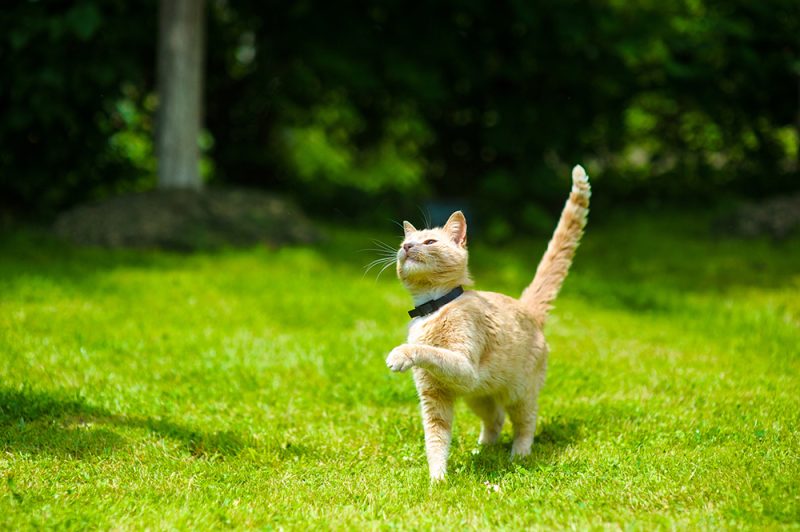


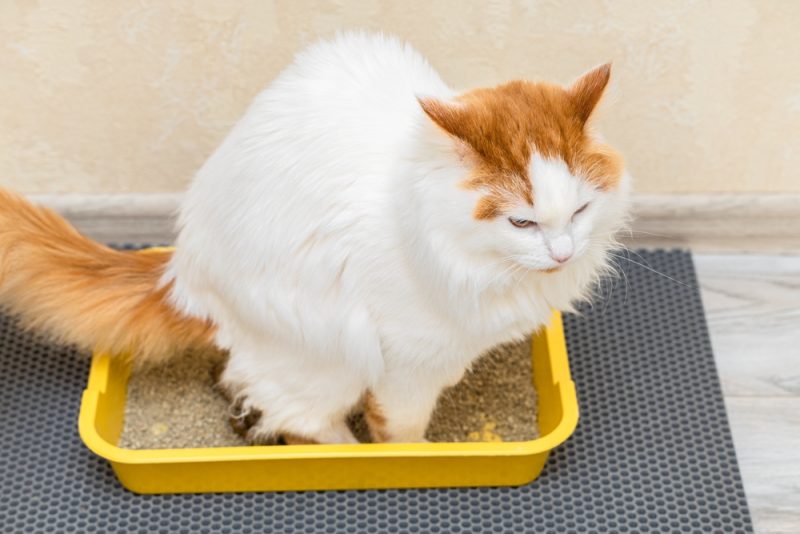
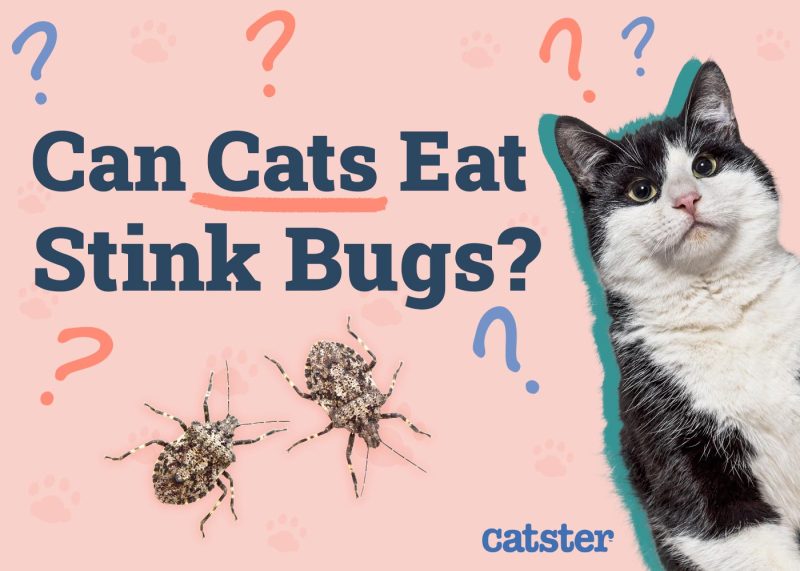
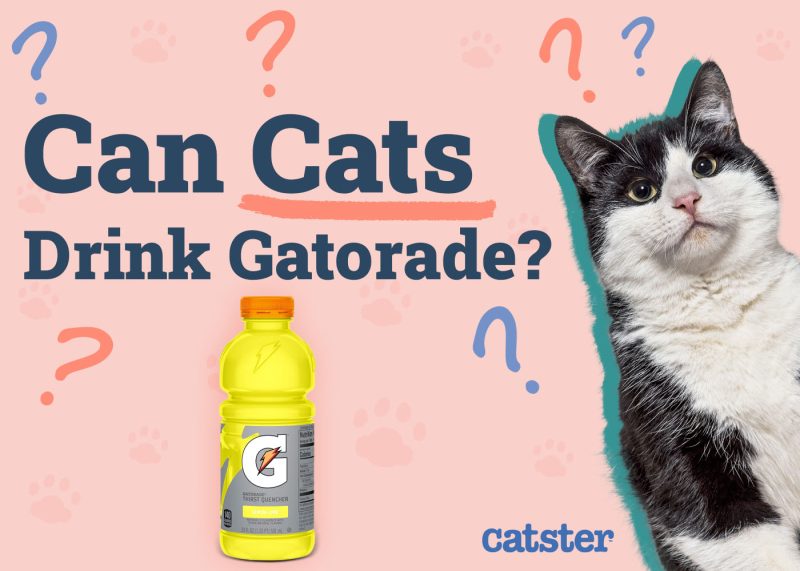
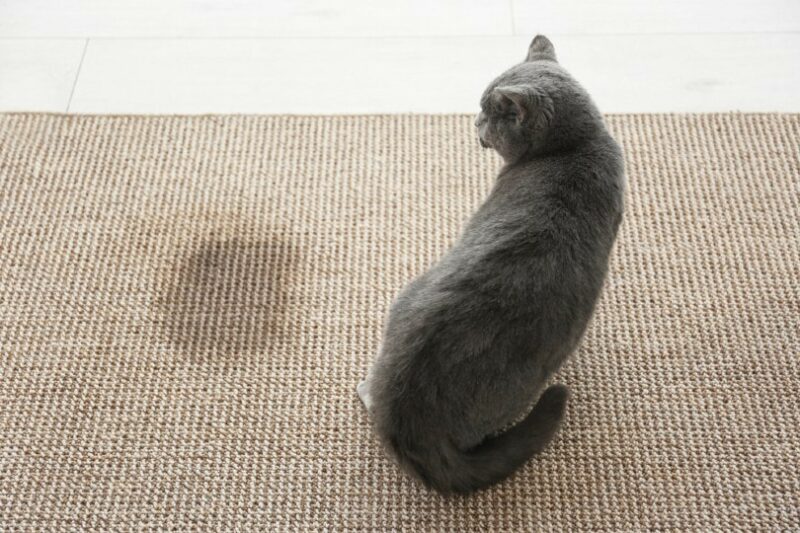

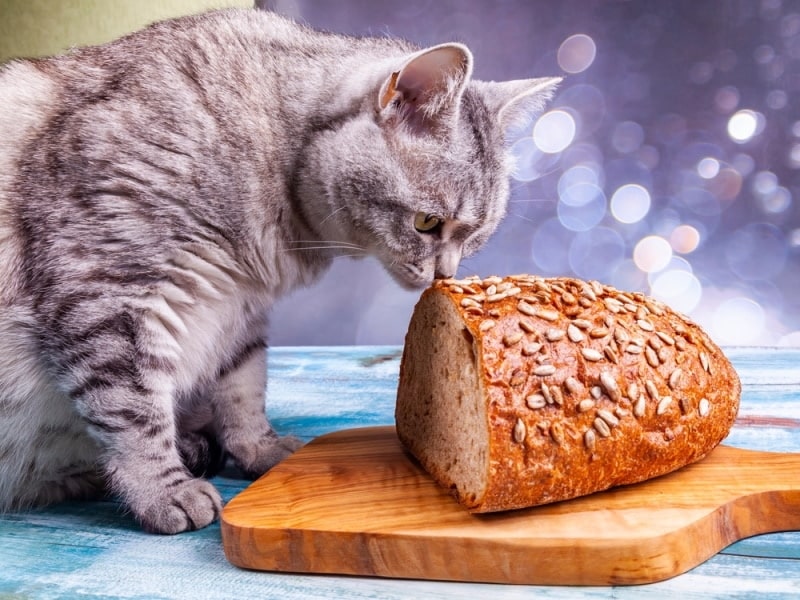

2 Responses
Thanks for such helpful suggestions!
Hi Pat, we are delighted to hear you enjoyed our post and found the suggestions helpful. Thanks for your comment, we really appreciate it!😸